#robert flynn
Explore tagged Tumblr posts
Text
perks of having metalhead parents:

i get top tier music discs that are basically in new condition
#rambling#thanks dad#< positive#roadrunner united#metal#nu metal#metalcore#heavy metal#roadrunner united the all star sessions#monte conner#joey jordison#dino cazares#robert flynn#Matthew heafy
8 notes
·
View notes
Audio
I think this track is on point with the situation in the world right now....give a listen if you like!
0 notes
Text

Anonymous nude, c. 1920, from Robert Flynn Johnson's collection
#photography#robert flynn johnson#1920s#black and white#vintage#found photography#death and dying#fuck trump#how i feel when i think of the next four years
173 notes
·
View notes
Text

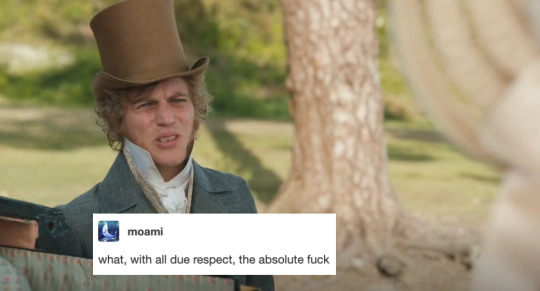
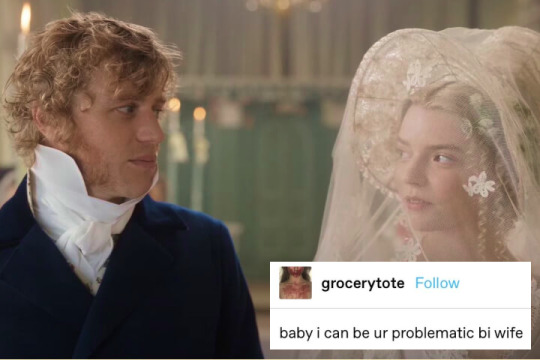
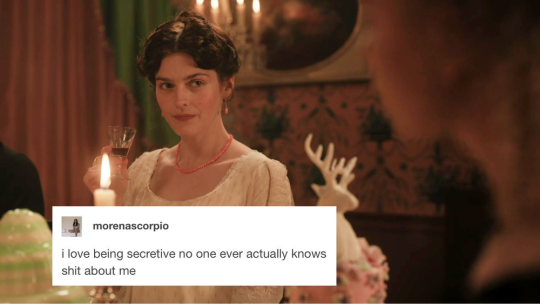
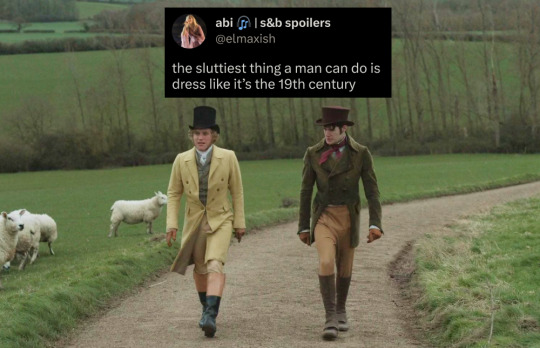


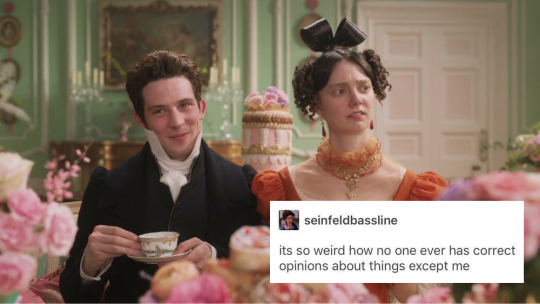
Emma. 2020 text posts
More: Sense and Sensibility 1995 text posts | Northanger Abbey 2007 text posts
#emma memes#emma#jane austen memes#jane austen#english lit memes#emma 2020#text posts#emma woodhouse#mr knightley#jane fairfax#mrs elton#harriet smith#robert martin#anya taylor joy#johnny flynn#my stuff#1k
1K notes
·
View notes
Text
Happy Halloween everyone!
And in honor of this, a Halloween collaboration with the dangerous pirates @reddish-ash ; cute zombies and mummy @shiney125 ; and the terrifying couple @afanofthegiantxd 🎃👻
(and my foolish scarecrow🎃 and mysterious skeleton💀)
trick or treat? )

#happy halloweeeeeeen#gt artist#artists on tumblr#g/t art#sfw g/t#gt community#art collab#size difference#gt fluff#art#g/t#oc sem#oc flynn#trick or treat#Muri#Reggie#Emma#Robert#paen and maut
90 notes
·
View notes
Text
if i had a nickel for everytime disney had an optimistic, idealistic female protagonist embark on a journey where she has to grow up and face the real world with a snarky, reluctant guy who's only forced to help her but comes to care about her very deeply, i'd have 3 nickels, which isn't a lot but its weird its happened thrice



#enchanted#tangled#zootopia#disney#disney's enchanted#disney's tangled#disney's zootopia#enchanted giselle#enchanted robert#rapunzel#flynn rider#eugene fitzherbert#nick wilde#judy hopps#wildehopps
117 notes
·
View notes
Text

la mort aux trousses – USA, circa 1920s, from Anonymous by Robert Flynn Johnson
123 notes
·
View notes
Text

#polls#movies#the love bug#the love bug 1968#the love bug movie#60s movies#robert stevenson#dean jones#michele lee#david tomlinson#buddy hackett#joe flynn#requested#have you seen this movie poll
71 notes
·
View notes
Text










panavisionofficial
“Yeah, I can't remember what we shot with. I have to call Erik Brown. He's my lifeline,” jokes legendary #DOP Robert Elswit ASC, as we sat down to discuss Ripley.
“I've worked with [director] Steven [Zaillian] before, and like all cinematographers, he believes that the way something's lit is actually a way to affect people's emotions. There are a lot of directors who actually don't believe that, but Steven is one of those who feels very strongly that there's an emotional message that the lighting in a movie delivers.
I had a copy of the Patricia Highsmith series of the latest series of Ripley books with these beautiful covers and black and white images, and Steven said that as he was writing, he just saw the whole thing in monochrome. As we got more into it, and as I read the script, I realized that a big part of the agenda of the backstory is Caravaggio. Steven and I would talk about how Caravaggio invented the whole idea of how the light is playing an emotional, dramatic purpose in his paintings. What was lighting the people and the objects in the room was very selectively realized— faces, arms, gestures—all almost theatrical looking. The lighting dominates the color palette. It dominates even the design in places. There are strong graphic images, but even if you look at them in black and white, which we were in the series, it's all about the light, which is actually a line that one of the characters says.
I didn’t want [lenses] that were too sharp and I think that's something that Dan [Sasaki] reacted to. He made something that was wide open but with no greasy, sharp, surveillance photography look. I don't know how [Dan Sasaki] does it, but we shot the whole series with just five lenses. Then there are the zooms that he made when we did the water scenes.
You can't make something like Ripley look like Ripley unless everybody's all in. It's the production, it’s [production designer] David Gropman, the great costume designers on the show, Gianni Casalnuovo and Maurizio Millenotti. Their sense of understanding of what tonal structure meant, and how to achieve an interesting kind of contrast of pictorial style in this series was essential."
#andrew scott#robert elswit#david gropman#steven zallian#ripley#ripley netflix#cinematography#chiaroscuro#long post#patricia highsmith#dakota fanning#johnny flynn
87 notes
·
View notes
Text

Robert Mitchum, Errol Flynn, and Burt Lancaster at the Friar’s Frolic in April 1950.
127 notes
·
View notes
Text
I Did It!!!!
Thank you so much to everyone who sent me prompts to help me reach my 2024 writing goal. As of about five minutes ago, I completed it!!! I wrote an average of 500 words every day for 366 days, and you guys were SO great and helpful in me getting there. To celebrate, my final writing of the year is 5 snippets about some of our favorite blorbos celebrating New Year's Eve together. I asked five friends to pick the pairings, so I'll tag them next to their snippet. If you're still waiting on a prompt to be filled, I do plan to get to them in the New Year, but probably with way less haste. You guys are awesome, thank you so much for reading my work!
Julie & Flynn: for @joyandthephantoms
“Okay!” Julie says decisively, settling herself up against the headboard of her bed with her notebook poised in her lap. “Who wants to go first?”
Flynn, lying on her stomach down the bed from her, feet kicked in the air as she taps her pen against her own notepad, says, “You, cause I’m still working through some of mine.”
“Well, hurry up cause it’s almost midnight.” Julie holds her notebook up like a hymn book and begins to read. “First of all, my word for the year is!” Pause for dramatic effect. “Ease.”
“Ooh, love it. Very Eat, Pray, Love. Go on.”
Damien & Mark: for @starchemist
“So, uh,” Damien says, voice low and gruff in the dark of the hotel room. They’re lying tucked up against each other, Mark’s back to Damien’s chest, Damien’s arm wrapped around him. The Ball Drop, still about forty minutes away, is playing softly on the TV, but they’ve been much more focused on each other than Times Square.
“Yeah?” Mark says when he doesn’t go on, barely a whisper.
“New year usually means, like. New you, and all that bullshit. Resolutions. Airing your grievances and whatever.”
Mark turns his head to look at him. “I’m not telling anyone about us.”
“Oh, thank God.”
Willie & Alex: for @skeletaltoad
Their friends started counting down about a minute and a half ago, because Reggie gave a whole speech on December 23rd about how “it’s really not fair that the last ten seconds of the year are the only ones that get recognized, when really we’ve been counting down since midnight on last New Year’s Eve” etc etc and wouldn’t shut up until they agreed to start the vocal countdown at 90.
Willie and Alex haven’t been counting with them. They’ve been sitting on the floor of the Molinas’ living room, holding hands and staring into each other’s eyes, preparing themselves for their first New Year’s Kiss.
Nick & Carrie: for @queenofthequillandink
At 10:00, her dad goes to bed, so Carrie sets Nick up on the couch in the den with about fourteen blankets and The Holiday on streaming.
At 11:00, she paints his nails a festive shade of pink and orders a large pizza with everything for them to share.
At 11:30, they make twin hot fudge sundaes with about a million toppings each.
At 11:45, Carrie puts the Ball Drop on and makes fun of Ryan Seacrest, as per tradition.
At midnight, they ring in the new year. A year of healing, of friendship, of peace. Still by each other’s sides.
Caleb & Adam: for @staystrange
“How’s the party?” Adam says on the screen, a red solo cup in his hand.
“Loud,” Caleb says, rubbing absently at his chest, and they both know he doesn’t just mean the volume. “I wish you were here.”
“I know, me too. We’ll ring in next year together.” Adam glances over his shoulder, and Caleb can hear someone (probably Caitlin) shouting from the next room. “I’m being summoned for the count down.”
“You’ll come back to kiss me, won’t you?”
Adam smiles at him— the tiniest smile ever, which means it’s the most real. “Of course I will. Happy New Year, babe.”
“Happy New Year.”
--
Taglist:
@pandoradeloeste
@genericgirl420
@sizzlingjudgebanditpaper
@ziggy-st4dust
@flibbertigibbety-jibber-jabber
@friendlyfishboy
@bakugouuuwu
@alexacat57
@jaytheunique
@mercale
@teammightypen
@wr0temyway0ut
@phantomwriter95
@littlepetbee
@secondhand-sunlight
@ddaxnggirl
@trustworthytoast
@interestinglittlerelationship
@fangirl17-07
@manualamadrugada
@easybugboy
@moonlit-asthers
#jatp#julie and the phantoms#jatp fanfiction#fanfiction#julie molina#flynn taylor#willie nolastname#alex mercer#nick danforth-evans#carrie wilson#tbs#the bright sessions#tbs fanfiction#caleb michaels#damien#robert gorham#mark bryant#adam hayes
25 notes
·
View notes
Text

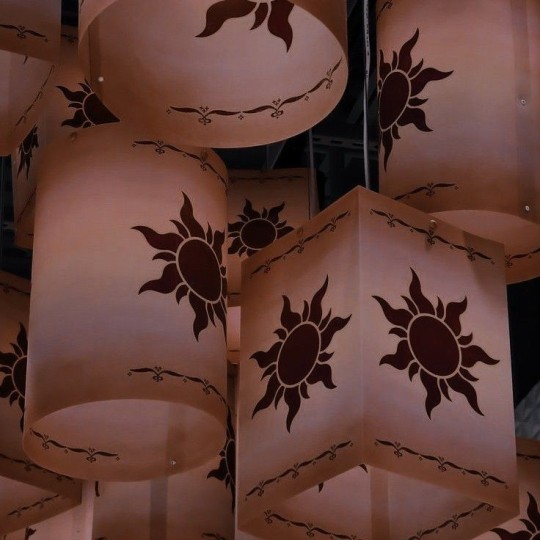
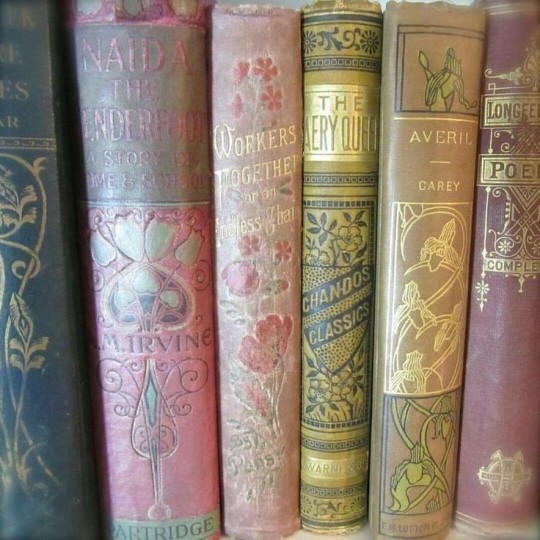
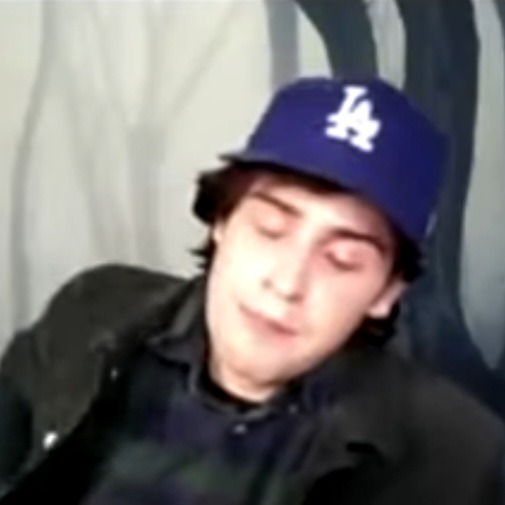
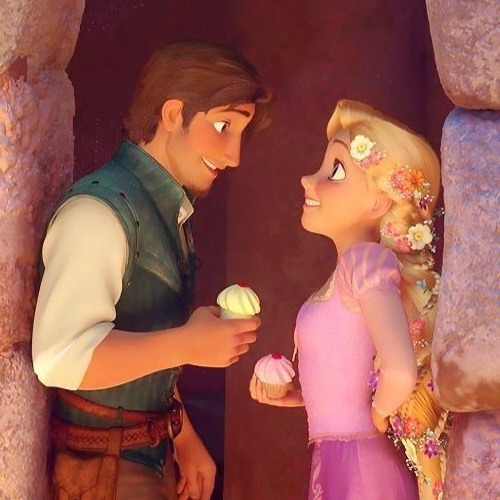
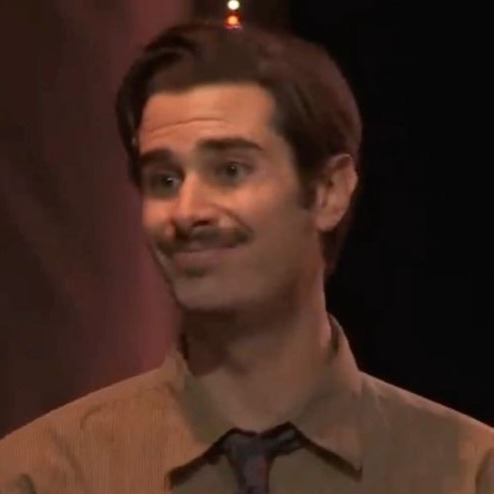
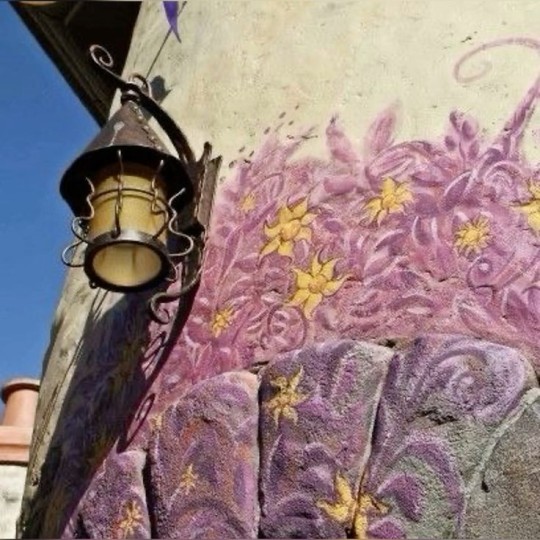
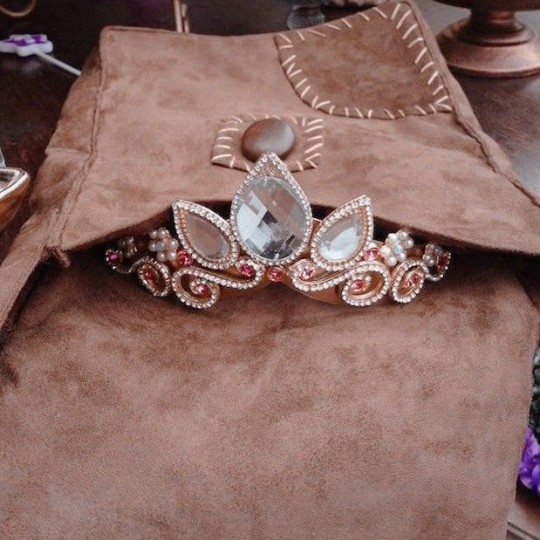

Carbastard moodboard with Tangled inspo!
☼︎ rq'd by @crisstinah! ☼︎
(All images found on pinterest)
#robertinmoodboard#I'm quite proud of this one acctually#Also it looks like Tony's leaning on ted and that's adorable as shit#carbastard#tangled#tangeled#flynn rider#eugene tangled#rapunzel#tower#starkid#moodboard#hatchetfield#hatchetverse#starkid nightmare time#nightmare time#tony green#ted spankoffski#lanterns#books#rapunzel x flynn#rapunzel x eugene#painted walls#tiara#handholding#tw robert manion#robert manion#joey richter#Criss told me about this idea when I wasn't taking rqs and I shouted at them bc I couldn't break my promise to myself 😔 /lh
20 notes
·
View notes
Text

Screenland Vol. 54, No. 10. August, 1950. Original Caption: Errol looks scared stiff between the two Amazons, Bob Mitchum and Burt Lancaster, at Friars' Frolic.
#if you think im out of frolic photos you’re out of your mind#friars' frolic#1950#errol flynn#robert mitchum#burt lancaster#screenland magazine
22 notes
·
View notes
Text
















Live To Tell performances from the 2023-2024 Celebration Tour created for World Aids Day, including footage from Rio and fan clips from various shows.
#Madonna#2024#Live To Tell#Celebration Tour#World AIDS Day#Martin Burgoyne#Keith Haring#Christopher Flynn#Sylvester#Robert Mapplethorpe#Gabriel Turin#John Sex#AIDS Memorial#my gifs#The Celebration Tour#Madonna 2024#Queen Of Pop
23 notes
·
View notes
Text
My Top 10 Disney Couples
Tiana and Naveen from The Princess and the Frog
Rapunzel and Eugene Fitzherbert from Tangled
Ricky Bowen and Gina Porter from HSMTMTS
Belle (Beauty) and the Beast
Giselle and Robert from Enchanted
Anna and Kristoff from Frozen
Aladdin and Jasmine from Aladdin
Ariel and Eric from The Little Mermaid
Pocahontas and John Smith from Pocahontas
Ella and Kit from live-action Cinderella
#disney movies#disney couples#disney series#tiana x naveen#rapunzel x eugene#new dream#rina#ricky x gina#belle x beast#giselle x robert#anna x kristoff#aladdin x jasmine#ariel x eric#pocahontas x john smith#ella x kit#cinderella x prince charming#rapunzel x flynn#tangled#the princess and the frog#disney frozen#cinderella 2015#the little mermaid 2023#enchanted 2007#hsmtmts#disney ships#my ships
45 notes
·
View notes
Text



Working Girls by Robert Flynn Johnson, featuring the photos of William Goldman, circa 1892. Glitterati Editions, New York, 2019.
#working girls#beautiful books#photography books#pretty books#book photos#robert flynn johnson#william goldman#glitterati editions
17 notes
·
View notes